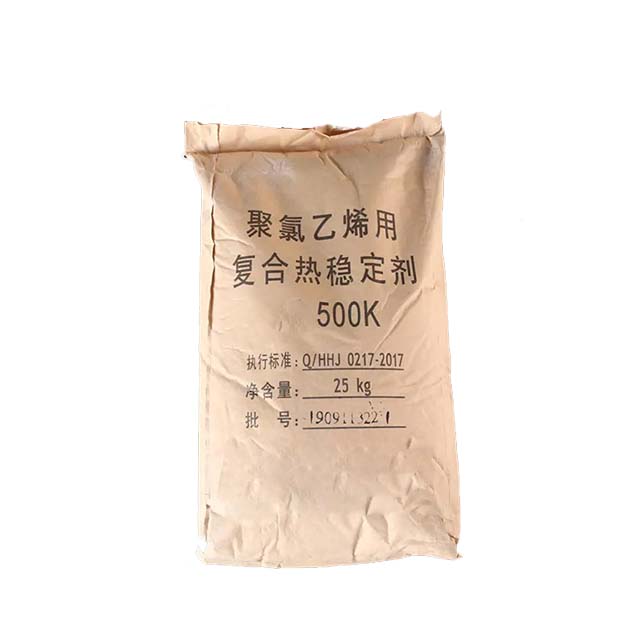Why does PVC Resin need heat stabilizers?
PVC is one of the world's largest plastic products. It is an amorphous white powder with a low degree of branching and poor light and heat stability. Since PVC has extremely poor processing stability, the melting process is as high as 160°C, and PVC decomposes when the temperature reaches 140°C, PVC resin must be processed and produced by a method of melt plasticization through modification.
The role of heat stabilizer:
1, Prevent or inhibit the dehydrochlorination and discoloration caused by dehydrochlorination during the resin processing process.
2, During the effective use period of the product, maintain its sufficient thermal stability and slow down the degradation caused by heat, light, and extend its service life.
Mechanism of action of heat stabilizer:
01 Absorb HCl produced during the degradation of PVC;
02 Replace unstable allyl chlorine atoms or tertiary carbon chlorine atoms in PVC molecules to inhibit the removal of PVC and HCL;
03 React with free radicals to terminate the transfer of free radicals;
04 React with conjugated double bonds to reduce coloring;
05 Inhibit the oxidation of PVC;
06 Passivate metal ions that catalyze the removal of HCl.
Classification of heat stabilizers:
According to the role they play, they can be divided into three categories:
1. Main heat stabilizers (lead salts, metal soaps, organic tin, etc.)
2. Auxiliary heat stabilizers (epoxides, phosphites, polyols, etc.)
3. Composite stabilizers composed of main and secondary stabilizers

Contact: Sophia
whatsapp:
 86-17700625486
86-17700625486
Phone: +86 13283888407
Tel: 086-0371-63360817
Email: info@sinochemi.com
Add: NO.28,Sanquan Road, Zhengzhou, China